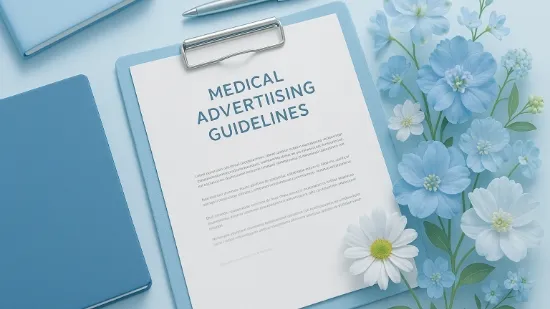Medical Advertising Guidelines

At TCB Tokyo Central Beauty Clinic, we comply with the “Medical Advertising Guidelines” enforced on June 1, 2018, and we are continuously reviewing and improving our website based on the following two points:
①Removal of patient testimonials
②Inclusion of information such as procedure details, potential risks, and pricing when publishing before-and-after photos
We apologize for any inconvenience this may cause and kindly ask for your understanding.
What Are the Medical Advertising Guidelines
The Medical Advertising Guidelines are regulations established by the Ministry of Health, Labour and Welfare of Japan to govern the advertising of medical institutions.
A wide range of media is subject to regulation once it is recognized as “advertising,” including websites, blogs, and brochures. The purpose of these guidelines is to ensure that objective and accurate information is conveyed to the public.
Excerpt from the Medical Advertising Guidelines (Original Text)
The information obtained by the TCB Group for the purposes specified in [Purpose of Use] includes the following (collectively referred to as “Collected Information” in items ① through ③ below):
Section 1: Purpose of Advertising Regulations
1.Amendment to the Medical Care Act
Regarding websites and other online platforms of medical institutions, restricting the scope of allowable advertising content in the same way as other advertising media may hinder the smooth provision of detailed information about medical services, which patients seek. Therefore, under certain conditions, the restrictions on allowable advertising content are relaxed.
2.Basic Principles
(2) Fundamental Concepts of Prohibited Advertising
- ⅰ) Comparative or superior claims
- ⅱ) Exaggerated advertising
- ⅲ) Content that violates public order and morality
- ⅳ) Advertisements that are based on patients’ or others’ subjective opinions or hearsay regarding the content or effects of treatment, such as testimonials
- ⅴ) Before-and-after photos or other content that may mislead patients regarding the content or effects of treatment
Section 3: Prohibited Advertisements
1.Content of Advertisements Subject to Prohibition
(6) Testimonials Based on Patients’ Subjective Experiences Regarding the Treatment or Its Effects
The provision in Article 1-9, Item 1 of the Ordinance stipulates that “it is prohibited to advertise testimonials regarding the content or effects of treatment based on the subjective opinions or hearsay of patients or others.” This refers to cases where a medical institution introduces testimonials based on the personal experiences of patients or hearsay from family members or others, for the purpose of attracting patients to that institution.
Since impressions about medical treatments naturally vary depending on the individual patient’s condition, such testimonials may cause misunderstanding and are not permitted as medical advertisements.
(7) Before-and-After Photos That May Mislead Patients About the Content or Effects of Treatment
The provision in Article 1-9, Item 2 of the Ordinance stipulates that “advertising before-and-after photos or similar materials that may mislead patients regarding the content or effects of treatment is prohibited.”
This refers to so-called “before-and-after” photos, and since the outcomes of treatment naturally vary depending on the individual patient’s condition, photos that may cause misunderstanding are not permitted as medical advertisements.
However, when such photos are accompanied by detailed explanations about the treatment content, cost, main risks, side effects, and other relevant information that would ordinarily be required, they are not considered in violation of this rule.
Furthermore, when publishing such information, sufficient care must be taken to ensure that it is easily understandable for patients, such as by avoiding placements where the information is hidden on a separate page via a link or written in extremely small text compared to promotional content.

